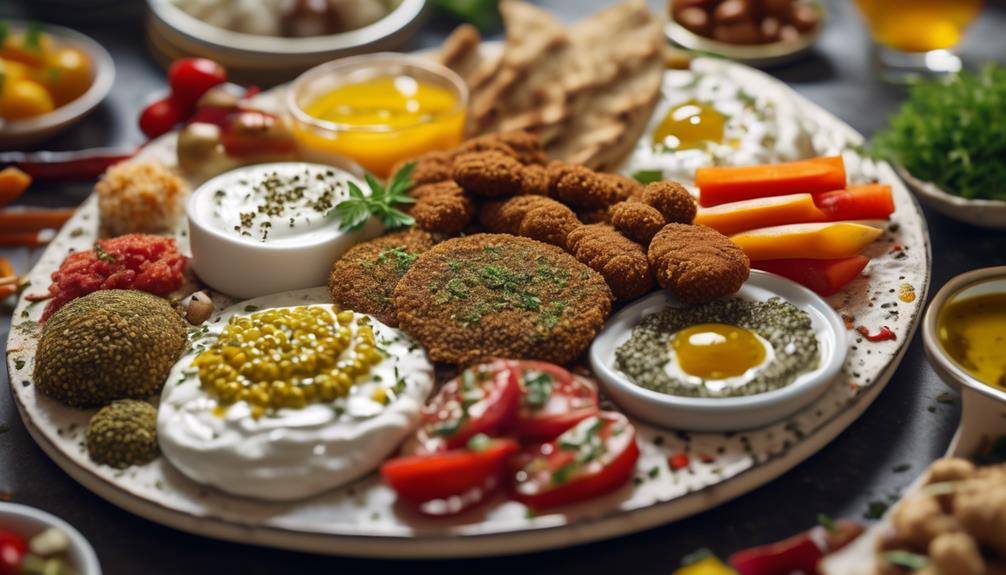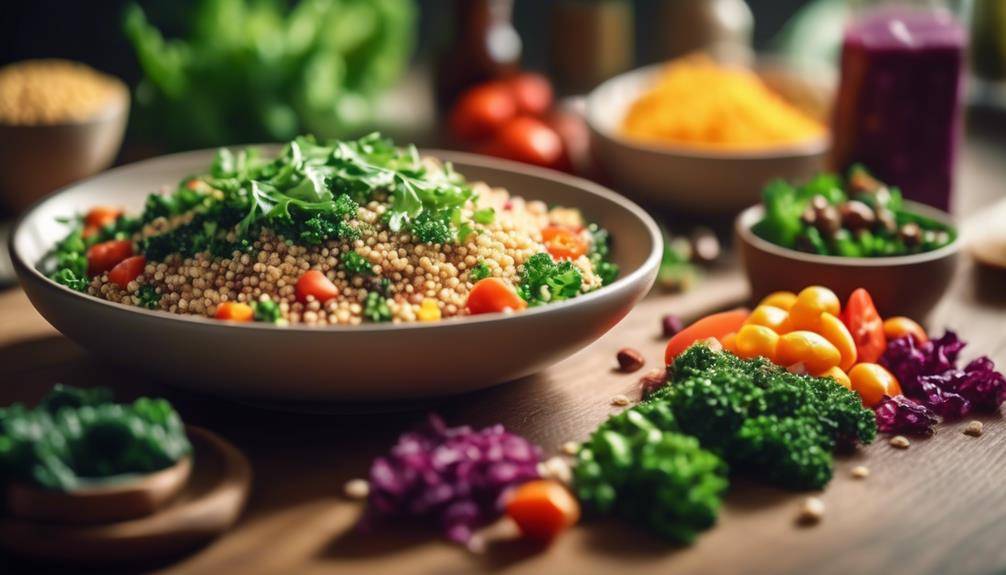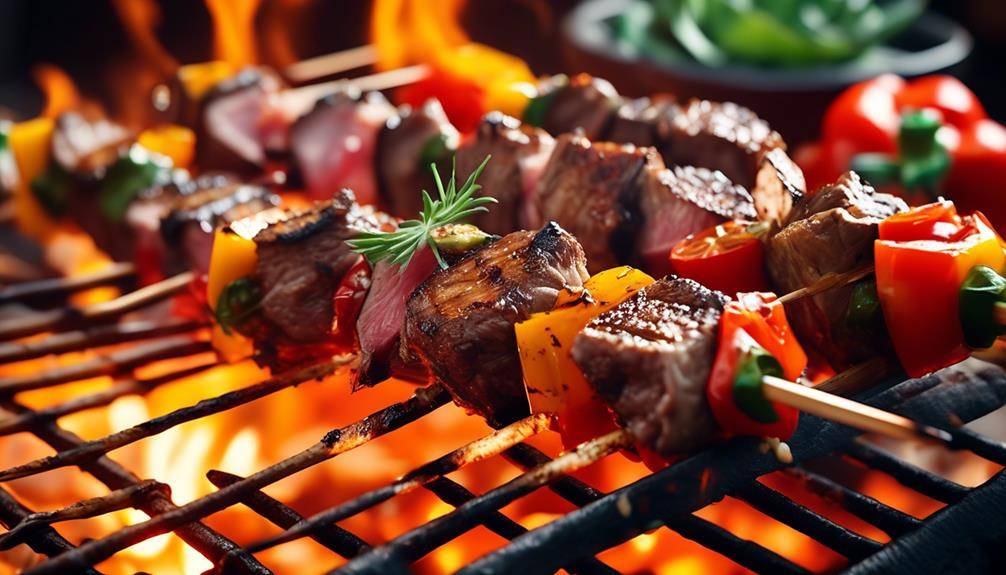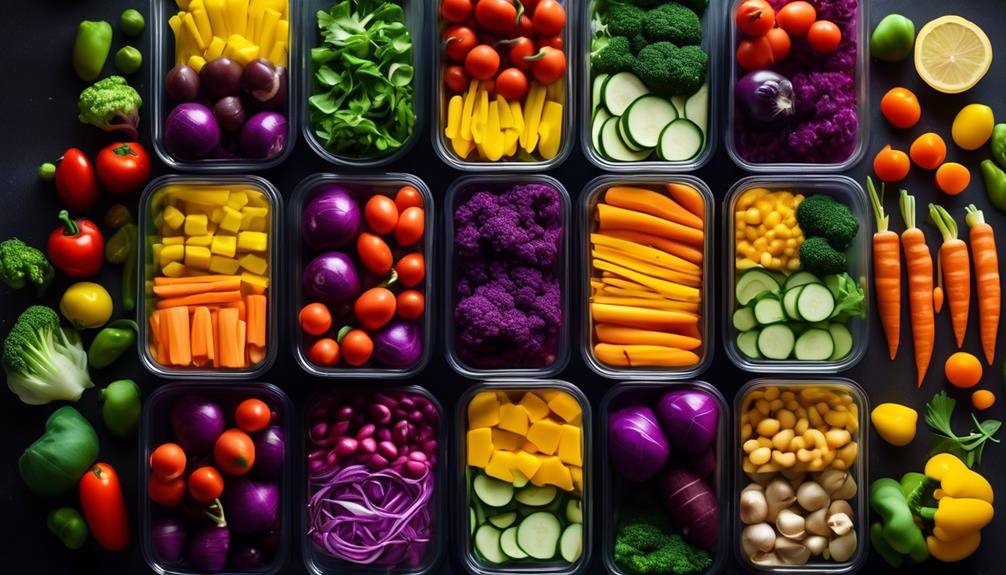Amazing Zero-Waste Cooking Trends And Techniques
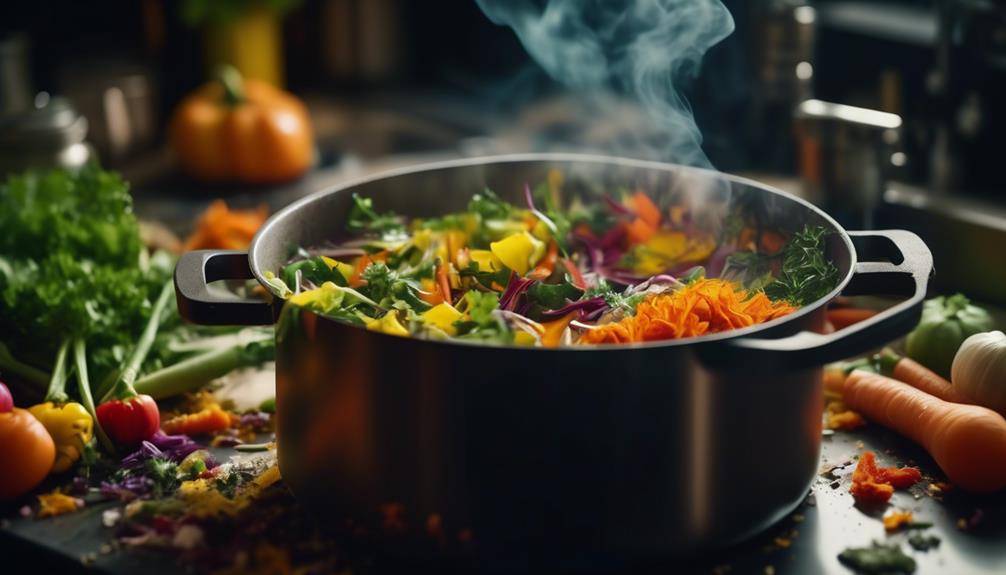
Zero-Waste Cooking Trends; Are you tired of throwing away food and contributing to the ever-growing waste problem? Well, get ready to discover a whole new world of zero-waste cooking trends and techniques that will revolutionize the way you approach your meals. From utilizing every ingredient to repurposing food scraps and embracing composting, there are countless ways to reduce waste in the kitchen. But that’s not all – we’ll also explore zero-waste meal planning and sustainable packaging alternatives that will make you wonder why you hadn’t embraced this lifestyle sooner. So, are you ready to embark on a journey towards a more sustainable and mindful way of cooking?
Utilizing Every Ingredient
To minimize waste and make the most of your ingredients, it’s essential to adopt zero-waste cooking techniques by utilizing every ingredient to its fullest potential. This not only helps reduce food waste but also allows you to get creative with your recipes. By using all parts of an ingredient, you can maximize its flavor and nutritional value, while also saving money and helping the environment.
One way to make the most of your ingredients is to use vegetable scraps to make homemade stock. Instead of throwing away carrot tops, onion peels, and celery leaves, simmer them in water with some herbs and spices to create a flavorful base for soups, stews, and sauces. This not only adds depth to your dishes but also reduces the need for store-bought stock, which often comes in wasteful packaging.
Another technique is to repurpose overripe fruits into delicious treats. Overripe bananas can be mashed and used in baking recipes like banana bread or muffins. Similarly, apples that are slightly past their prime can be cooked down into applesauce or used in pies and crisps. These creative recipes not only prevent food waste but also result in tasty desserts that you can enjoy.
Additionally, you can use vegetable scraps like carrot peels, potato skins, and broccoli stems to make flavorful garnishes or snacks. Toss them with some olive oil, salt, and spices, then roast them in the oven until crispy. These vegetable chips make a nutritious and waste-free alternative to store-bought snacks.
Repurposing Food Scraps
You can repurpose food scraps and reduce waste by incorporating them into creative and delicious recipes. Food waste reduction is a crucial aspect of zero-waste cooking, and finding innovative ways to use every part of an ingredient is key. Instead of throwing away vegetable peels, turn them into flavorful stocks or broths. Onion skins, carrot tops, and celery leaves can all be simmered with water, herbs, and spices to create a nutritious base for soups, stews, and sauces.
Another way to repurpose food scraps is by using them in homemade condiments and spreads. For example, citrus peels can be dried and ground into a powder, adding a burst of flavor to marinades, dressings, and baked goods. Banana peels can be boiled and mashed to create a delicious chutney or added to smoothies for added nutrition.
When it comes to repurposing food scraps, creativity is the key. Consider using stale bread to make breadcrumbs or croutons, or transform overripe fruits into jams, compotes, or even fruit leather. Vegetable scraps like broccoli stems, beet greens, and kale stems can be sautéed or roasted for a nutritious side dish or added to stir-fries and pasta dishes.
Composting for Zero-Waste Cooking
Composting is an essential practice for achieving zero-waste cooking and reducing food waste. By composting, you can turn your kitchen scraps and food waste into nutrient-rich soil that can be used to grow your own fruits, vegetables, and herbs. There are several benefits to composting that make it a worthwhile endeavor.
Firstly, composting helps to reduce the amount of food waste that ends up in landfills. When food waste decomposes in landfills, it produces methane, a potent greenhouse gas that contributes to climate change. By composting, you can divert food waste from landfills and minimize its environmental impact.
Composting also enriches the soil with essential nutrients. The compost you create from food scraps and organic materials is an excellent fertilizer that improves soil structure, water retention, and nutrient content. This means healthier plants and higher yields in your garden.
When it comes to composting methods, there are a few options to choose from. One popular method is backyard composting, where you create a compost pile or use a compost bin in your yard. This method requires a mix of green waste (such as fruit and vegetable scraps) and brown waste (such as leaves and twigs) to create the right balance of carbon and nitrogen.
If you don’t have space for backyard composting, you can try vermicomposting, which involves using worms to break down organic waste. Worms eat the food scraps and produce nutrient-rich worm castings, or worm poop, which can be used as fertilizer.
Zero-Waste Meal Planning
After successfully composting your kitchen scraps and reducing food waste, the next step in achieving zero-waste cooking is implementing a zero-waste meal planning strategy. By carefully planning your meals, you can reduce the amount of food waste generated and make the most of the ingredients you have on hand. Here are some practical tips to help you get started:
- Plan your meals in advance: Take a few minutes each week to plan your meals. This will help you make a shopping list based on what you already have in your pantry and fridge, reducing the chances of buying unnecessary ingredients that may go to waste.
- Use up leftovers creatively: Instead of letting leftovers languish in your fridge, find creative ways to incorporate them into new meals. For example, leftover roasted vegetables can be turned into a delicious frittata or added to a grain bowl for a quick and nutritious lunch.
- Try recipe substitutions: Get creative with your recipes by substituting ingredients. If a recipe calls for a specific vegetable and you don’t have it on hand, try using a similar vegetable instead. This way, you can use up what you have and avoid wasting food.
- Buy in bulk and store properly: Buying in bulk reduces packaging waste and allows you to portion ingredients according to your needs. Properly storing ingredients, such as freezing meats or using airtight containers for grains and spices, helps extend their shelf life and prevents them from spoiling too quickly.
- Make use of your freezer: If you have extra produce or cooked meals that you won’t be able to consume before they spoil, freeze them for future use. This way, you can stretch your ingredients and minimize waste.
Implementing a zero-waste meal planning strategy not only helps reduce food waste but also saves you time and money. By being mindful of what you have and planning ahead, you can create delicious meals while minimizing waste. So, start incorporating these practices into your routine and enjoy the benefits of zero-waste cooking.
Sustainable Packaging Alternatives
To minimize waste and promote sustainability, consider exploring sustainable packaging alternatives for your zero-waste cooking journey. One of the best options is to use eco-friendly containers for storing and transporting your food. These containers are made from materials that are biodegradable or easily recyclable, reducing the impact on the environment. Look for containers made from materials such as bamboo, glass, stainless steel, or plant-based plastics. These alternatives are not only better for the planet, but they are also durable and long-lasting, making them a great investment for your kitchen.
Another option to consider is reusable packaging. Instead of relying on single-use plastic bags, wraps, or foils, opt for reusable alternatives. Beeswax wraps are a popular choice as they can be washed and reused multiple times. They are made from cotton fabric coated in beeswax, creating a natural and eco-friendly way to wrap your food. Silicone food storage bags are also a great alternative to plastic bags. They are dishwasher safe, leak-proof, and can be used over and over again.
When it comes to sustainable packaging, it’s important to think beyond just the materials used. Consider the entire lifecycle of the packaging, including its production, transportation, and disposal. Look for companies that prioritize sustainability and use renewable energy sources in their manufacturing processes. Additionally, choose packaging that is lightweight and compact to minimize carbon emissions during transportation.
Zero-Waste Cooking Trends; Frequently Asked Questions
How Can I Utilize Every Ingredient in My Cooking?
To utilize every ingredient in your cooking, there are ways to reduce food waste and recipes using leftovers. By being mindful of what you have on hand and getting creative, you can make the most out of every ingredient.
What Are Some Creative Ways to Repurpose Food Scraps?
Want to make the most of your food scraps? Get creative! Repurpose them into DIY beauty products or use them for creative home decor. Don’t let anything go to waste!
How Do I Compost Food Waste for Zero-Waste Cooking?
To compost food waste for zero-waste cooking, start by collecting your scraps in a compost bin. Mix them with dry materials like leaves or shredded paper to create a balanced compost. Composting techniques like turning the pile regularly will help speed up the process. Composting has many benefits, including reducing landfill waste and producing nutrient-rich soil for your garden.
What Are Some Tips for Zero-Waste Meal Planning?
To reduce food waste and incorporate leftovers into zero-waste meal planning, start by meal prepping and using ingredients in multiple dishes. Get creative with repurposing ingredients and freeze leftovers for later use.
What Are Some Sustainable Packaging Alternatives for Zero-Waste Cooking?
Looking for sustainable packaging alternatives for zero-waste cooking? Consider eco-friendly options like reusable containers, beeswax wraps, and compostable bags. These solutions help reduce food waste while minimizing your impact on the environment.
Conclusion
Incorporating zero-waste cooking trends and techniques into your daily routine can help minimize food waste and promote sustainability. By utilizing every ingredient, repurposing food scraps, composting, and practicing zero-waste meal planning, you can significantly reduce your environmental footprint. Additionally, opting for sustainable packaging alternatives can further contribute to a more eco-friendly kitchen. With these practical strategies, you can enjoy delicious meals while also making a positive impact on the planet.



